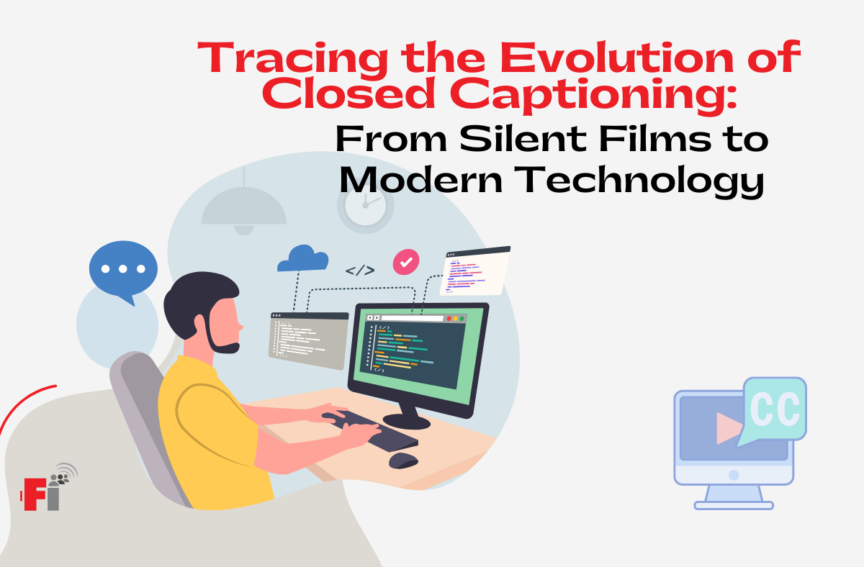Closed captioning is a familiar feature to many, enhancing accessibility for a broad audience across various media platforms. Its journey from the early days of silent cinema to the sophisticated technology we know today reveals a fascinating evolution of commitment to inclusivity.
Understanding Closed Captioning: More Than Just Subtitles: Closed captioning serves a distinct purpose from subtitles, catering specifically to the needs of the hearing impaired. Unlike subtitles, which assist viewers who understand the visuals but not the language, closed captions provide a comprehensive portrayal of the audio, capturing dialogue as well as crucial sound effects. This inclusivity ensures that all viewers can fully experience the content, whether they have hearing impairments or not.
The Early Days: Captions in Silent Cinema: The roots of captioning trace back to the silent film era, where “intertitles” acted as early captions. These narrative texts offered crucial plot details and dialogue, guiding audiences through the story without any spoken words. As films transitioned to sound, the need for a more inclusive approach for the hearing impaired became evident.
The Advent of Subtitles and Early Movie Captioning: While silent films naturally catered to deaf audiences, the introduction of sound created a barrier. Subtitles began appearing in foreign films, setting the stage for more comprehensive closed captioning. Pioneers like Emerson Romero, a silent film actor, sought to bridge this gap by advocating for captioned films, though widespread adoption took time and technological advancement.
The Leap to Television and Legal Milestones: Television, initially devoid of captions, gradually embraced this inclusive feature. Programs like “The French Chef” with Julia Child and “World News Tonight” on ABC began incorporating captions. However, it wasn’t until legislative advancements like the Americans with Disabilities Act of 1990 and the Telecommunications Act of 1996 that closed captioning became a standard requirement, ensuring accessibility for all viewers.
Closed Captioning in the Digital Age: Today, closed captioning is ubiquitous, a standard feature on virtually all media platforms. The debate between auto-generated versus human-generated captions continues, with each offering its own advantages. While technology allows for rapid auto-generated captions, the precision and contextual understanding of human captioners often provide a superior experience.
Focus Insite: Your Partner in Accessible Transcription and Captioning
In a world where media is omnipresent, ensuring accessibility for all is not just a courtesy—it’s a necessity. Focus Insite is committed to breaking down barriers with our top-tier transcription and captioning services. Whether it’s for academic, market research, or entertainment purposes, we’re here to ensure your content reaches every member of your audience.
For transcription services that enhance accessibility and understanding, reach out to Focus Insite. Contact us at bids@focusinsite.com, and let’s discuss how we can meet all your transcription and captioning needs. Together, we can make information accessible and inclusive for everyone.


